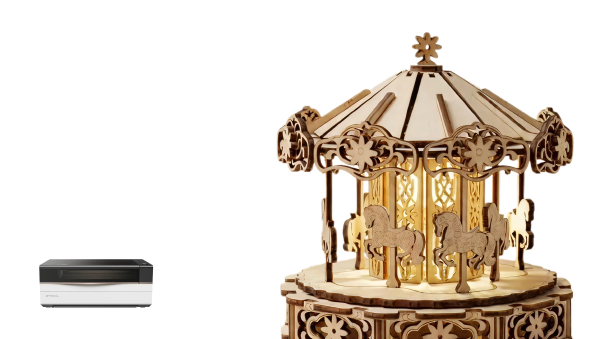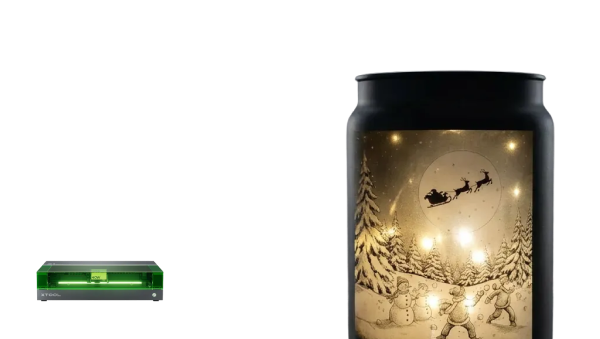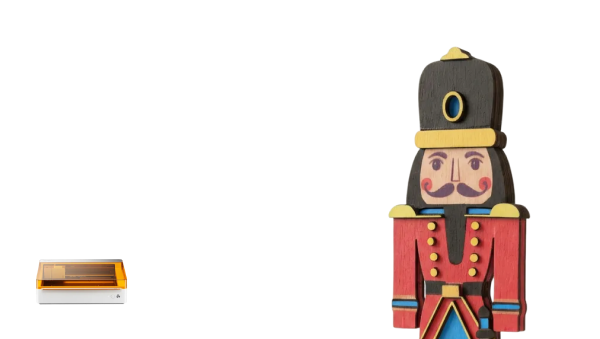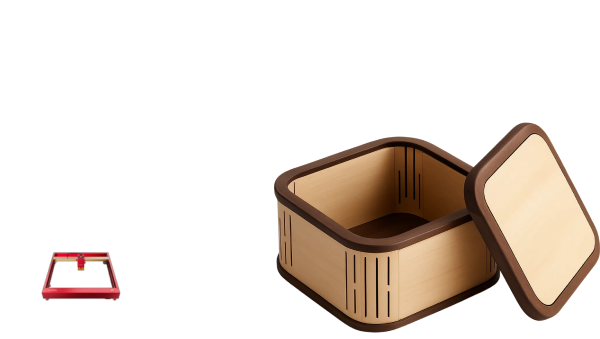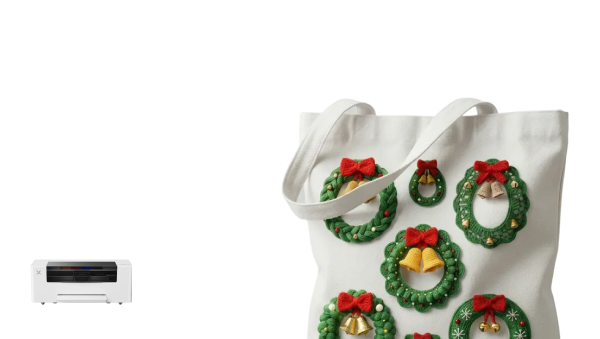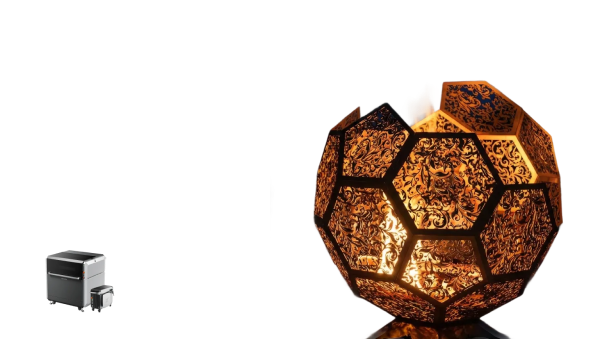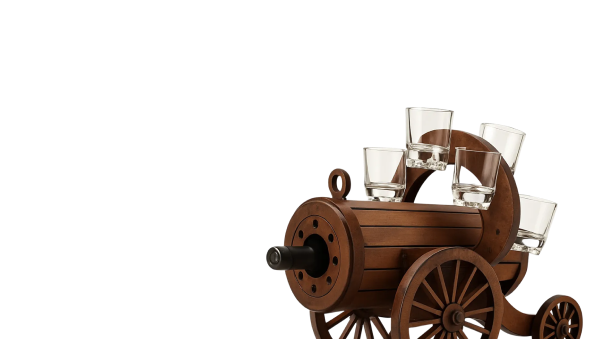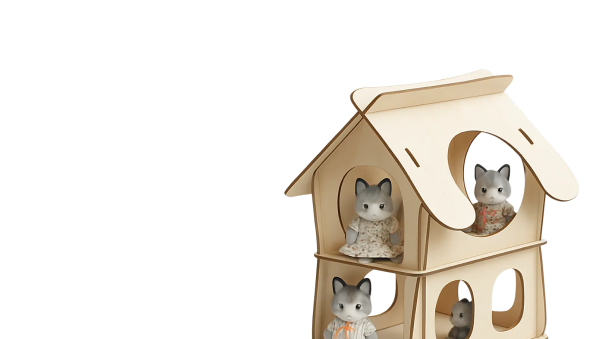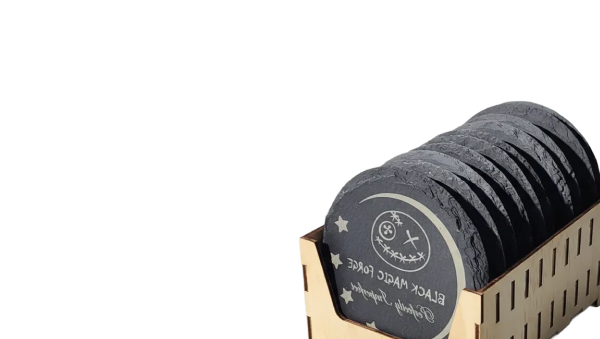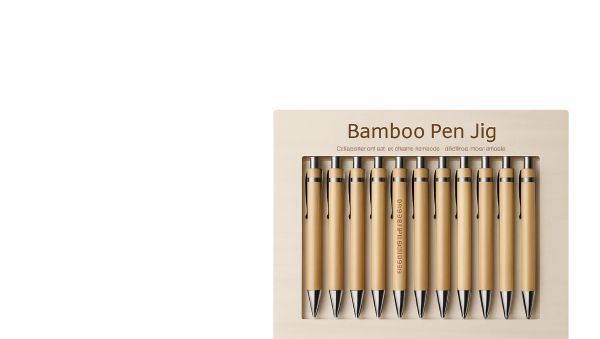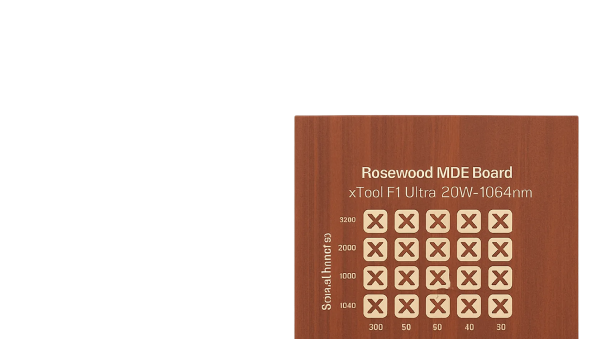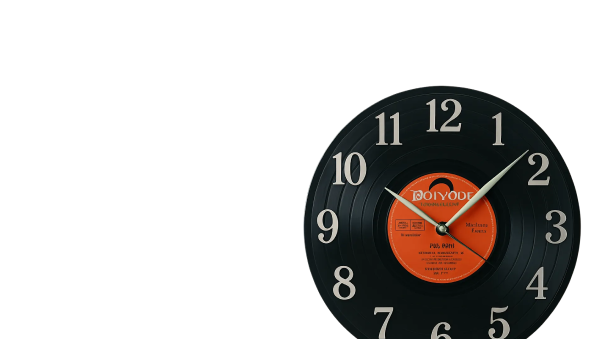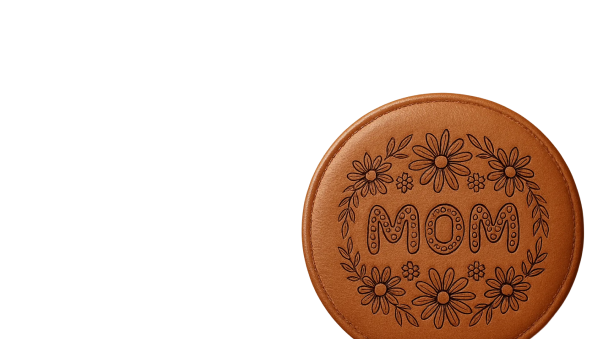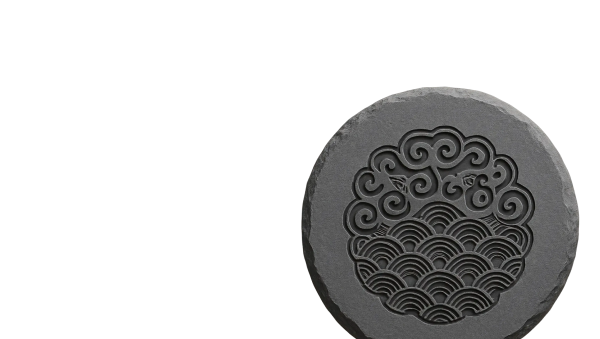Many new laser users ask the same question:
“Can I use a laser engraver in my home without ventilation?”
The short answer is: No — not safely.
Laser engraving and cutting generate fumes, smoke, and particles that can quickly build up in enclosed spaces. Even when working with safe materials like wood or leather, these fumes can be irritating at best — and hazardous at worst.
In this guide, we’ll explain:
- Why ventilation is essential for home laser use
- What happens if you don’t ventilate
- Options for safe indoor setups
- Materials to avoid entirely
1️⃣ Why Ventilation Matters
Every time your laser machine fires up, it burns or melts material, creating:
- Smoke and fine particles (even from clean materials like plywood)
- Odors that linger in rooms, fabrics, and furniture
- Potentially toxic gases from plastics, paints, or adhesives
- Residue that coats your optics and electronics over time
Whether you're engraving a coaster or cutting a name tag, fumes are inevitable — and in small spaces, they build up fast.
2️⃣ What Happens Without Ventilation?
Using a laser in a closed room without airflow may lead to:
- Thick, visible smoke within minutes
- Lingering smells in your walls, curtains, and clothes
- Eye, throat, or lung irritation from airborne particles
- Complaints from roommates or neighbors (especially in apartments)
- Potential machine damage from residue buildup on lenses and mirrors
💡 Even “safe” materials can be dangerous in an unventilated room — especially if you use your laser frequently.
3️⃣ Safe Indoor Laser Use: What You Can Do
You can safely operate a diode or CO₂ laser in your home — as long as you ventilate properly. Here are your best options:
✅ Window Exhaust Setup
- Use an inline fan or duct fan with 4-inch tubing
- Direct the fumes out a window or dryer vent
- Affordable and highly effective — great for apartments
✅ Enclosed Machines with Inline Fans
- Use a laser enclosure with an exhaust system
- Some diode lasers (like xTool or AtomStack) support aftermarket enclosures
- Add a carbon filter if outdoor venting isn't possible (for light-duty only)
✅ Air Purifiers + Open Windows
- Use this only for low-power engraving on wood, paper, or cardboard
- It helps reduce smell, but won’t eliminate fine particles
- Not suitable for cutting plastics or full production use
4️⃣ Materials to Avoid Indoors (Even With Ventilation)
Never engrave or cut these materials in any home setting:
- PVC – Produces corrosive chlorine gas (can damage your lungs and your machine)
- ABS – Emits cyanide compounds when burned
- Fiberglass or resin boards – Produces toxic fumes
- Painted or unknown plastics – Often contain unknown additives
💡 When in doubt, check the material's MSDS (Material Safety Data Sheet) or buy laser-safe blanks.
5️⃣ Signs of Poor Ventilation
If you notice any of the following, your system likely needs improvement:
- Smell lingers after cutting
- Visible haze or smoke inside the enclosure
- Eyes or throat feel irritated during or after engraving
- Sticky residue collecting on machine surfaces
6️⃣ Recommended Home Setup (Minimal + Effective)
To keep things safe without overcomplicating your space:
- Use a compact enclosure for your diode or CO₂ laser
- Connect a 4” inline duct fan and vent to a nearby window
- If external venting isn't possible, add a carbon filter box
- Keep a fire extinguisher nearby, just in case
- Only use laser-safe materials with low fume output
FAQs
Q: Can I engrave small wood pieces indoors without a fan?
A: You technically can — but even a small job will create smoke and odor. It’s always best to ventilate.
Q: Are diode lasers safer indoors than CO₂?
A: Diode lasers are smaller and create less smoke, but they still produce fumes. Ventilation is still necessary.
Q: Can I use an air purifier instead of venting outdoors?
A: Air purifiers help, but they can’t fully capture fumes from cutting plastics or dense wood. Use them only as a secondary system.
Conclusion
Using a laser engraver or cutter in your home without ventilation is risky and not recommended.
The good news is: with a simple fan and duct, you can create a safe and effective setup for engraving indoors — even in small rooms or apartments.
✨ Want to see how other makers vent their laser safely at home? Check out the Atomm Community for real setups, tips, and creative DIY solutions.

